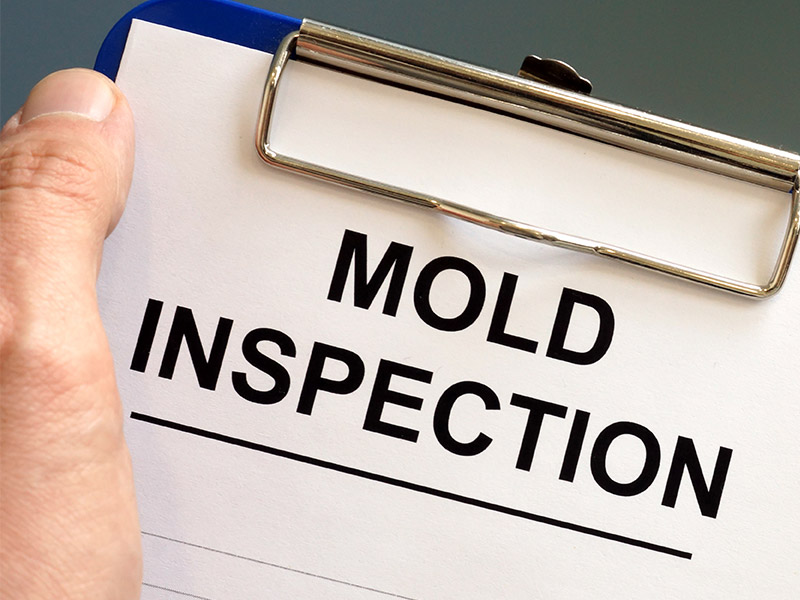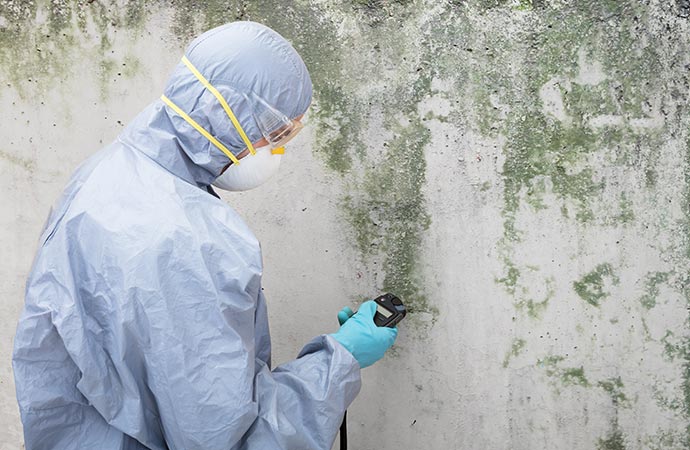Comprehending the Value of Trusted Mycotoxin testing Services
The Need of Mycotoxin Checking in Agricultural Products to Ensure Consumer Security
The necessity of mycotoxin testing in farming products is a critical facet of public health and security that necessitates extensive exam. Mycotoxins, harmful substances generated by certain fungi, can penetrate numerous crops, leading to considerable health and wellness threats for consumers, such as carcinogenic results and organ damages.
Understanding Mycotoxins
Mycotoxins, hazardous second metabolites produced by certain fungi, present a considerable risk to farming items and human wellness. These compounds are generated by various varieties of molds, such as Aspergillus, Fusarium, and Penicillium, which can pollute plants both pre- and post-harvest - Mycotoxin testing Services. The most usual mycotoxins consist of aflatoxins, ochratoxin A, fumonisins, zearalenone, and deoxynivalenol (DON)
Mycotoxin contamination can occur under particular environmental conditions, such as high moisture and temperature level, which prefer the development of mold. Agricultural products like grains, nuts, seasonings, dried out fruits, and coffee are especially susceptible. The existence of mycotoxins in these products can result in substantial financial losses because of decreased crop returns and the requirement for rigorous screening and decontamination procedures.
Comprehending the biochemical nature and formation of mycotoxins is essential for creating efficient mitigation approaches. Study has revealed that mycotoxins display a variety of chemical structures and residential properties, making detection and removal tough. Advanced analytical techniques, consisting of chromatography and mass spectrometry, are used to recognize and evaluate mycotoxins in agricultural products, ensuring that contamination degrees remain within secure limitations developed by regulative bodies.
Wellness Dangers of Mycotoxins
Given the considerable risks linked with mycotoxins in agricultural products, comprehending their effect on wellness is vital. Mycotoxins, toxic second metabolites created by fungis, present serious threats to both animal and human health and wellness. Chronic exposure, also at low degrees, can result in an array of adverse health and wellness results, including immunosuppression, teratogenicity, and carcinogenicity. Aflatoxins, amongst the most well-known mycotoxins, are identified as Group 1 carcinogens by the International Company for Research Study on Cancer Cells (IARC), largely affecting the liver and increasing the risk of hepatocellular cancer.
Intense mycotoxin poisoning, although much less usual, can cause severe and immediate illness such as liver damages, stomach disruptions, and hemorrhaging. Ochratoxin A, an additional powerful mycotoxin, is linked to kidney damage and has potential carcinogenic effects. Meanwhile, fumonisins, largely influencing maize, are connected with esophageal cancer cells and neural tube flaws.

Common Sources of Contamination
Recognizing the typical resources of contamination is essential for effectively managing and alleviating the threats posed by mycotoxins. Mycotoxins are harmful second metabolites produced by particular types of fungi, which can infect agricultural products at different stages of handling, storage, and production. The main Source sources of contamination include field problems, post-harvest handling, and storage environments.
Field problems play a substantial duty, with variables like climate, plant sensitivity, and dirt health and wellness affecting fungal growth. Crops such as corn, peanuts, wheat, and tree nuts are particularly vulnerable to mycotoxin-producing fungis like Aspergillus, Fusarium, and Penicillium varieties. Poor crop rotation and poor parasite monitoring can worsen the danger of contamination.
Post-harvest handling is one more important phase where contamination can happen. Mechanical damage during harvesting and transportation creates entry points for fungis, while inappropriate drying out strategies can leave dampness degrees high enough to sustain fungal development.
Storage space atmospheres contribute considerably to contamination risks. Poorly kept storage space facilities with high humidity and temperature levels produce suitable problems for mycotoxin production. Regular inspections and proper storage space problems are vital in curbing this danger.
Mycotoxin Evaluating Methods
Efficient administration of mycotoxin contamination pivots not just on recognizing prospective resources yet additionally on carrying out durable screening techniques to identify these dangerous compounds. Mycotoxin testing approaches can be extensively classified into immunochemical and chromatographic methods.
On the other hand, enzyme-linked immunosorbent assay (ELISA) and lateral circulation assays project immunochemical techniques. ELISA, specifically, is widely utilized due to its cost-effectiveness, convenience of usage, and rapid turnaround time. Lateral circulation assays give fast, on-site testing capabilities, making them appropriate for field applications where immediate decisions see this website are necessary.
In addition, developments in molecular biology have actually presented PCR-based techniques with the ability of spotting mycotoxin-producing fungi at hereditary degrees, using an anticipating approach to contamination risk. Incorporating these varied methods improves the integrity and comprehensiveness of mycotoxin discovery, making certain that farming items meet safety criteria and securing customers from prospective health threats.
Advantages of Routine Testing

Regular mycotoxin testing provides considerable advantages that significantly reinforce agricultural security and top quality. Mycotoxins, toxic compounds created by specific fungis, can pollute food and posture serious health and wellness dangers, consisting of cancer cells and acute poisoning.
Furthermore, constant screening aids in maintaining the honesty and credibility of farming manufacturers. By carefully keeping an eye on and regulating mycotoxin levels, manufacturers can stay clear of costly recalls and lawful effects. This not only makes certain conformity with rigorous global safety standards but likewise promotes customer count on and loyalty.

Final Thought
The requirement of mycotoxin screening in farming items is emphasized by the substantial health risks positioned by these hazardous substances. Making certain customer explanation safety and security requires the identification and removal of contaminated products from the supply chain. Regular screening not just mitigates the risk of acute poisoning and chronic health issues however likewise supports compliance with security requirements. It enhances the credibility of producers and promotes count on within the agricultural supply chain, ultimately protecting public wellness.
The necessity of mycotoxin screening in agricultural items is an important element of public health and safety and security that requires detailed exam. Mycotoxins, toxic compounds generated by certain fungi, can infiltrate numerous crops, leading to substantial health and wellness risks for customers, such as carcinogenic results and organ damages.Mycotoxins, harmful second metabolites produced by particular fungi, offer a significant threat to agricultural products and human wellness.Given the substantial risks associated with mycotoxins in farming products, recognizing their impact on health and wellness is paramount (Mycotoxin testing Services).The requirement of mycotoxin screening in agricultural items is emphasized by the significant health and wellness threats positioned by these poisonous compounds